Graphical Abstract
Our team of illustrators works alongside our scientists to perfectly translate scientific and technical content into a stunning graphical abstract that is perfect for publications.

Graphical Abstracts
Our team of illustrators works alongside our scientists to perfectly translate scientific and technical content into a stunning graphical abstract that is perfect for publications.

Why choose us?
- 24/7 Service
- Creative work of artists and scientists
- Free revisions after completion of orders
- Guaranteed Satisfaction
- Affordable Price
Have a Question?
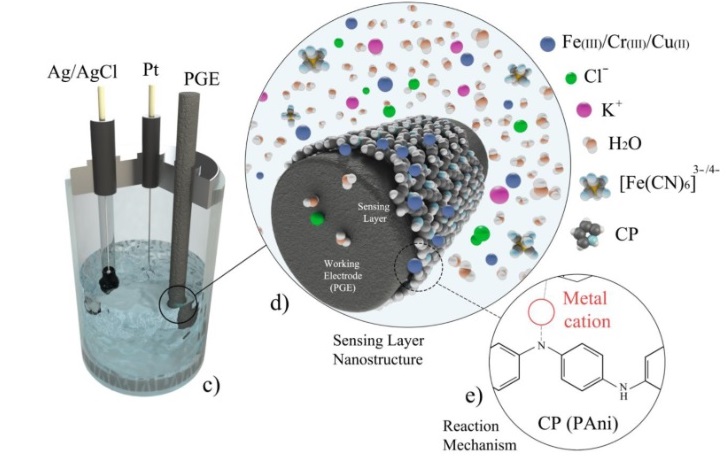
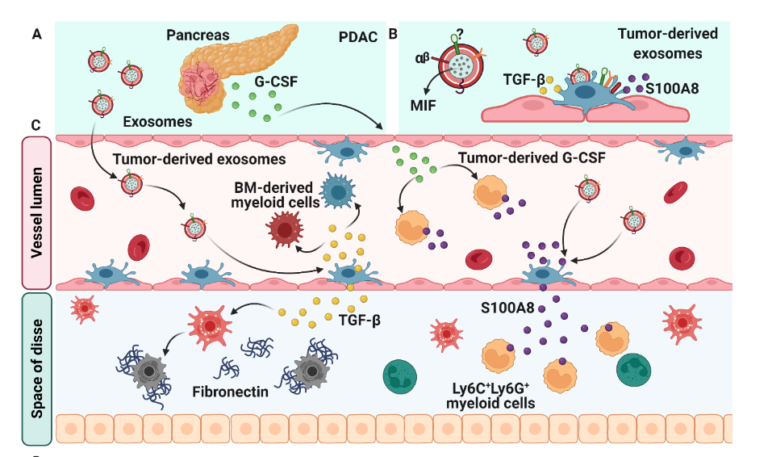
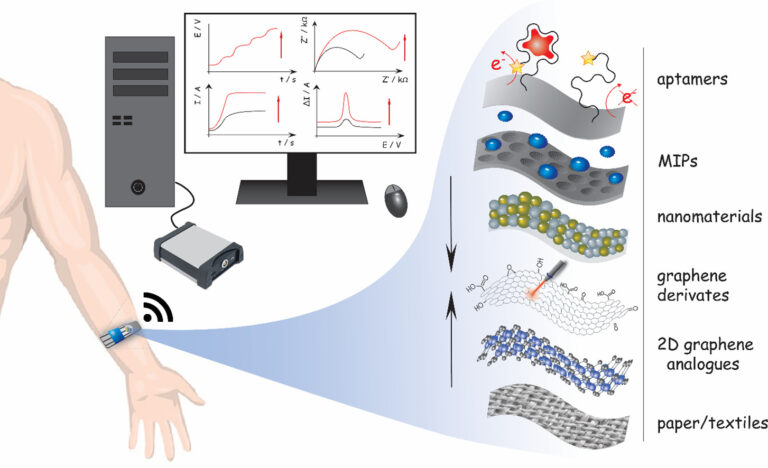
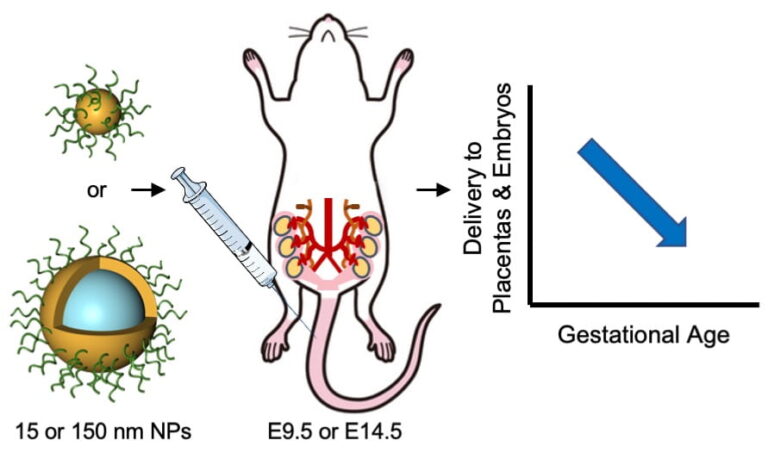
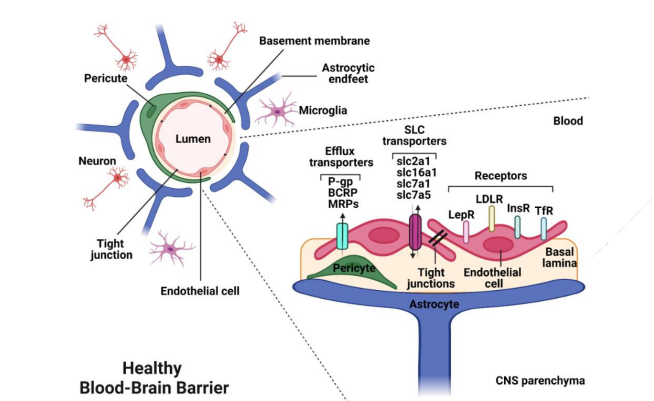
What exactly is a Graphical Abstract?
A graphical abstract (GA) is intended to encourage browsing, promote interdisciplinary scholarship, and assist readers in quickly determining which papers are most relevant to their research interests. It should enable readers to quickly comprehend the paper’s main point. Articles with GA have been shown to increase social media activity as well as article views, according to research.
A graphical abstract is a single-panel image intended to convey the main point of the scientific paper to the reader immediately. According to the Cell Press guideline1, which also applies to Elsevier journals2 and many other publishers, its purpose is to encourage browsing, promote interdisciplinary scholarship, and assist readers in quickly determining which papers are most relevant to their research interests.
The ideal graphical abstract ought to be straightforward. The reader should be able to comprehend it quickly and decide whether or not to read your paper. Your GA will be successful and effective if you achieve this.
It’s important to remember that your research is already quite complicated. Therefore, it shouldn’t be your graphical abstract. Your GA should be clear, and concise, and rely on powerful graphics rather than a lot of words.
How to make graphical abstracts?
The basic steps in producing a graphical abstract are as follows:
Conceptualize\sSketch\sDesign
The majority of scientists think that their inability to draw prevents them from producing powerful graphical abstractions. That is just untrue. While nobody can conceive your GA, Mind the Graph has scientific pictures that may be used as part of a successful graphical abstract.
Let’s go back to those three steps: concept, sketch, then design and refinement. The first two processes are completed on paper, and the third step is when we switch to graphic design software. The initial element is the graphical abstract notion.
UniTechLink
Examples of Graphical Abstracts
Examining samples to discover which concepts and presentation styles would work best for your own research narrative is a terrific method to get your own graphical abstract thinking started. The greatest graphical abstract examples are reviewed here, along with links to obtain these free templates for your own creations.
Are graphical abstracts actually effective?
It has been demonstrated that graphical abstractions increase the impact of new scientific articles.
In one study, Twitter was used to measure the impact of using a GA to promote new articles. Over the course of a year, the researchers examined tweets on Twitter with and without GAs, treating each tweet as a separate control. They discovered that postings containing GAs had a much higher reach than those without.
What advantages can graphical abstracts offer to Specialist audiences?
There is a tonne of research out there that is really specialized and only appeals to a small group of specialists. Good for you if that is the case! The big cheeses in the field are who you are speaking to, after all. If you think this applies to you, I have a surprise in store. You are completely free to use whatever type of GA you like. Due to the fact that your audience is an expert in the field, you need to consider all scientific aspects of your work when designing your graphical abstract.
Graphical abstract for nanotechnology
To make it easier to understand research in interdisciplinary fields like nanotechnology quickly, many graphical abstracts are created. An expertly designed GA that contains nanotechnology-related concepts like graphene, nanoparticles, nanostructures, 2D materials, nanomaterials, drug delivery, and nanomedicine. It can aid in information absorption and provide a quick overview of your research for your readers.
Graphical abstract for Biotechnology
Research in the life sciences and medicine greatly benefits from the use of GAs. Several topics include molecular biology, cellular biology, in vivo treatment, gene delivery, drug delivery, and bioinformatics.
Graphical abstract for chemistry
We can get you graphical abstract demonstrating different topics in the fields of biochemistry, organic chemistry, and analytical chemistry.
GA for biomedical engineering
Lab-on-a-chip, organ-on-a-chip, tissue engineering, microfluidics, biosensors, thin films, and nanostructured scaffolds are among the research areas with the most interest in GA.
